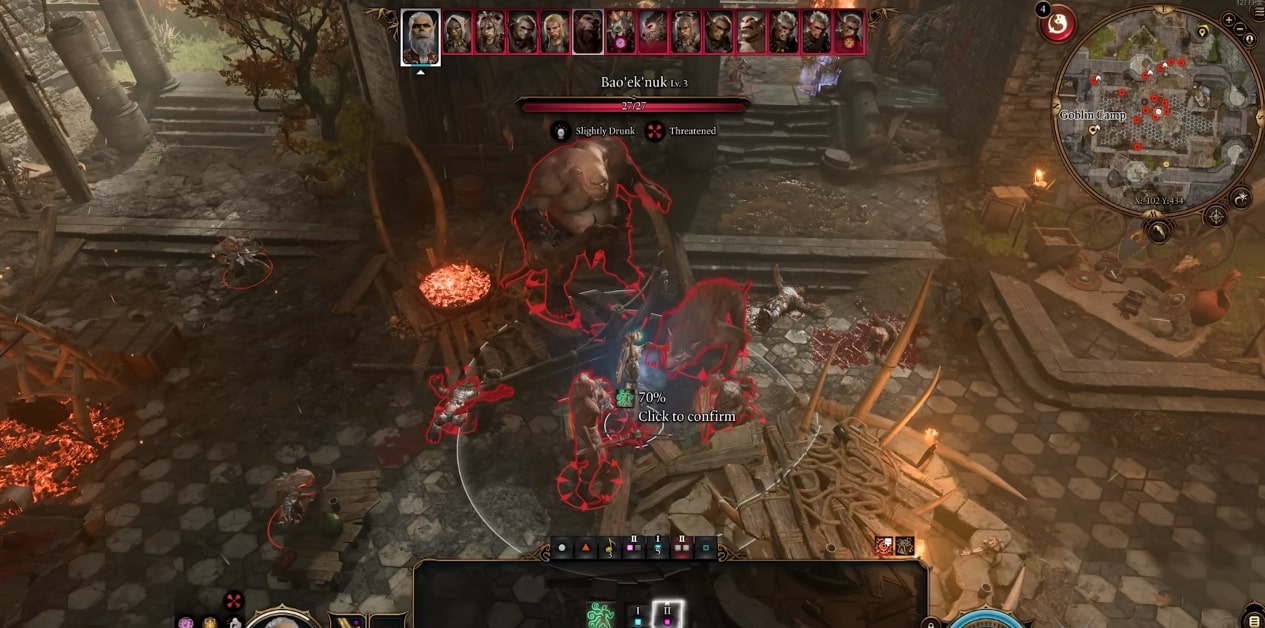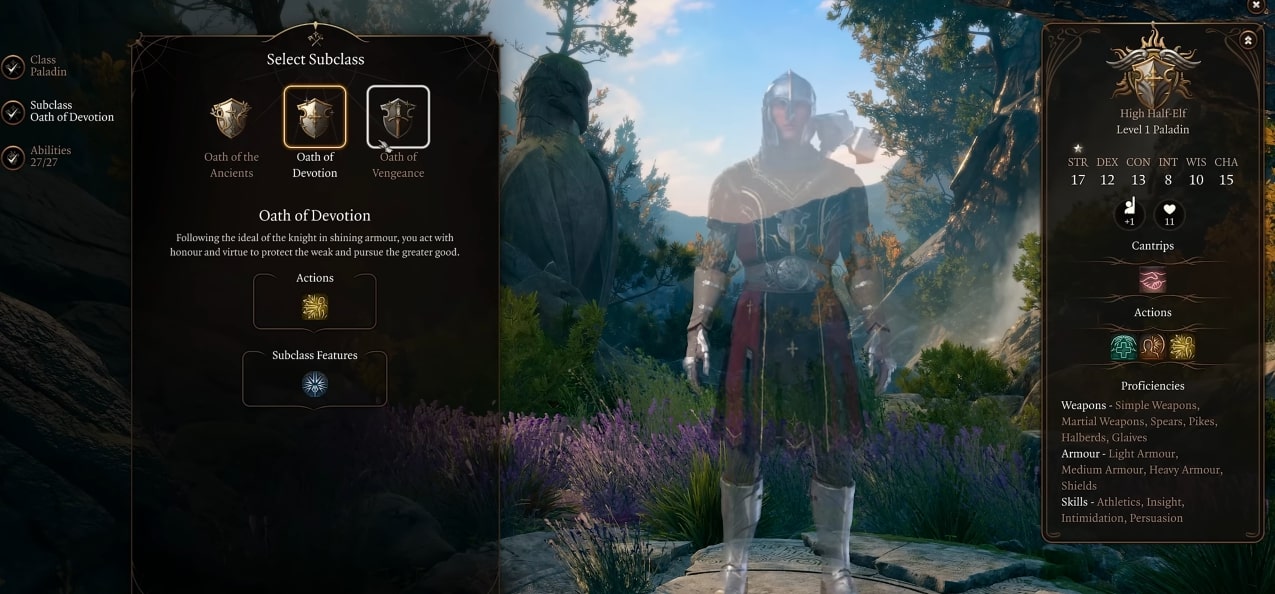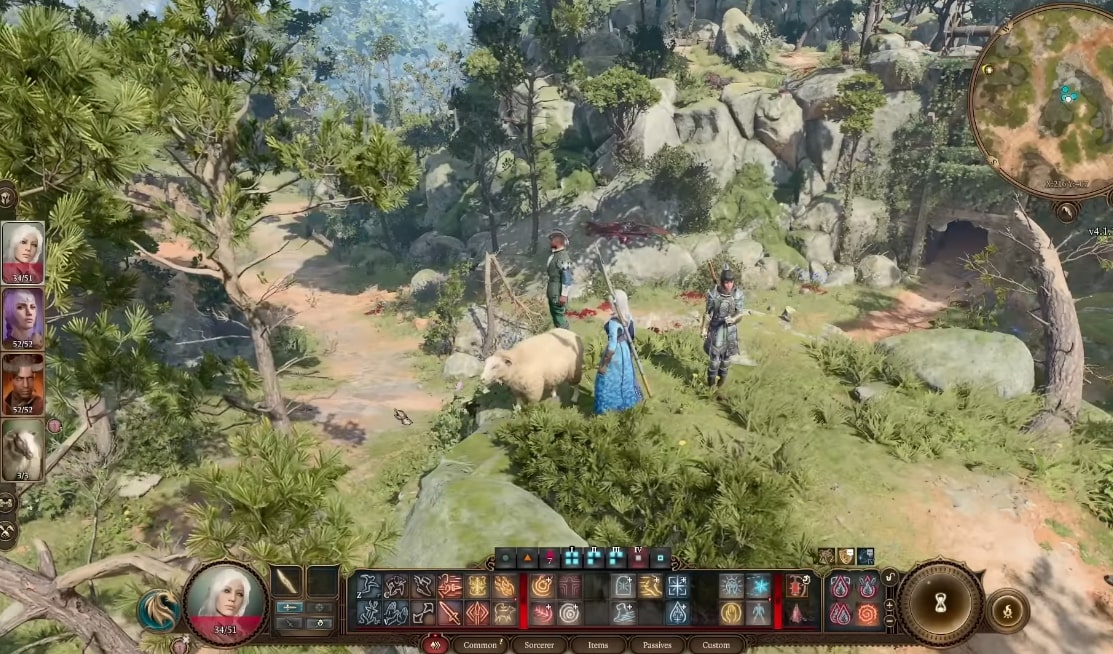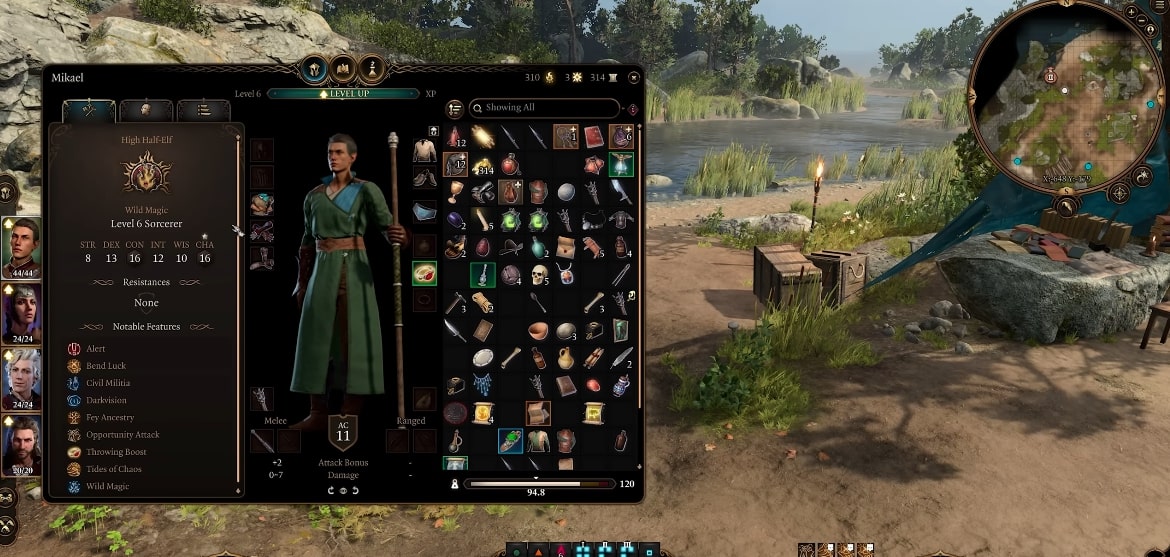Baldur’s Gate 3 gives players tremendous flexibility when creating a bard character. Bards blend magic with artistry, able to inspire allies and disable foes. They make great supports, controllers, skill monkeys, and party faces. This guide will provide an in-depth look at some of the best early game bard builds in Baldur’s Gate 3, including single class and multiclass options.
The Basics of Bard Gameplay
Before diving into specific builds, let’s review some of the key bard class features:
- Bardic Inspiration – A defining bard ability. Use it to empower an ally by adding a die to their attack roll, ability check, or saving throw. Recharges after a short or long rest.
- Jack of All Trades – Add half your proficiency bonus to any check you aren’t already proficient in. Makes bards excellent skill monkeys.
- Song of Rest – Allows allies to regain extra hit points when you use healing spells during a short rest. Great sustain.
- Spellcasting – Bards use Charisma as their spellcasting ability. They know a limited number of spells, but can change them when they gain new levels.
- Expertise – At 3rd level, double your proficiency bonus for two chosen skill proficiencies. Combined with Jack of All Trades, this makes bards incredible skill monkeys.
Bards thrive when built around boosting allies and controlling the battlefield with disruptive spells. Prioritize Charisma, then Constitution and Dexterity. Now let’s look at some great builds:
The College of Swords Bard
The College of Swords bard augments their magic with martial prowess. Here’s an overview of this subclass:
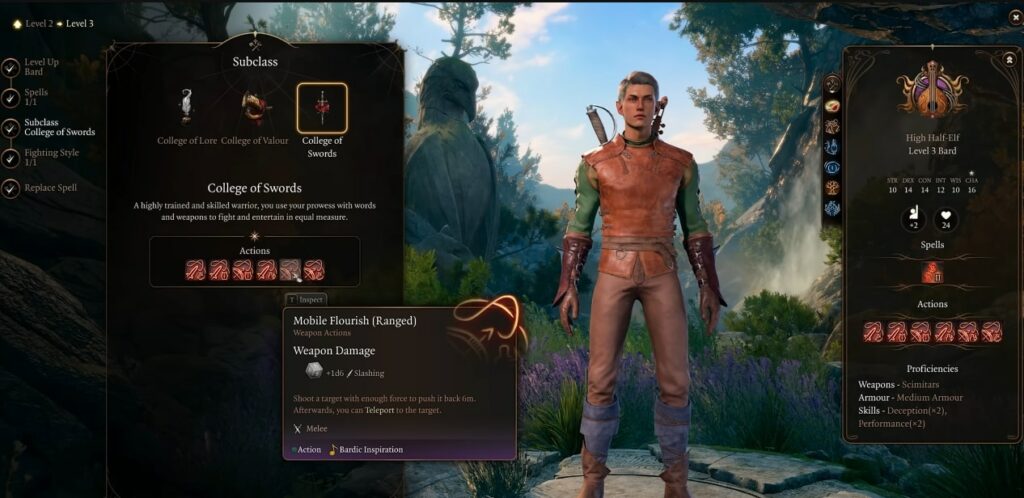
- Fighting Style – Choose either Two-Weapon Fighting or Dueling. Dueling works well if using a shield.
- Flourishes – Use Bardic Inspiration to empower your weapon attacks with different effects. Doesn’t expend inspiration if you miss.
- Extra Attack – Make two attacks when you take the Attack action. Unlocked at 6th level.
- Defensive Flourish – Add your inspiration die to AC until your next turn. Great for avoiding big hits.
- Mobile Flourish – Push a target back 5 feet plus your inspiration roll, while also gaining that amount as a bonus to your movement. Excellent repositioning tool.
- Spells – You’ll know 7 spells by 6th level. Focus on concentration spells like Heat Metal and Hypnotic Pattern to control the battlefield. Healing Word is great for bringing allies back up.
This bard build makes an extremely flexible character. You can attack twice per turn by 6th level, flourish to control positioning or boost AC, and have a versatile spell list to handle any situation.
For ability scores, prioritize Charisma first for spell attacks and saves. After that, boost Dexterity for initiative, AC, and finesse weapon attacks. Constitution is key too for concentration saves and hit points. Make sure to grab War Caster at 4th level to gain advantage on concentration checks.
For skills, choose any Dexterity or Charisma skills, along with Perception. Expertise in Athletics helps land grapples. Your flourishes and spells handle most challenges, but skills fill in any gaps.
The Bard/Warlock Multiclass
Combining bard with warlock results in a highly versatile character with access to invocations, short rest spell slots, and an expanded spell list. Let’s look at a 3 Bard / 3 Warlock split:
Bard Features
Starting as a valor bard gives you medium armor/shield proficiency, Bardic Inspiration, expertise, and Jack of All Trades. Combat Inspiration adds great bonuses to attacks and AC.
4 1st level spells and 2 2nd level spells provide ample options. Faerie Fire, Heat Metal, and Suggestion are great control picks. Healing Word combines well with Song of Rest.
Warlock Features
3 levels of warlock gives you a Pact Boon, 2 spell slots that recharge on a short rest, and 2 cantrips including Eldritch Blast.
The Blade boon lets you use Charisma for weapon attacks. This combines extremely well with Expertise, allowing you to focus purely on Charisma and Constitution.
Eldritch Blast gives excellent ranged damage. Take Agonizing Blast to add Charisma to the damage. Repelling Blast can also push targets away.
Armor of Agathys is a must-have warlock spell, temp HP and damage resistance on one package.
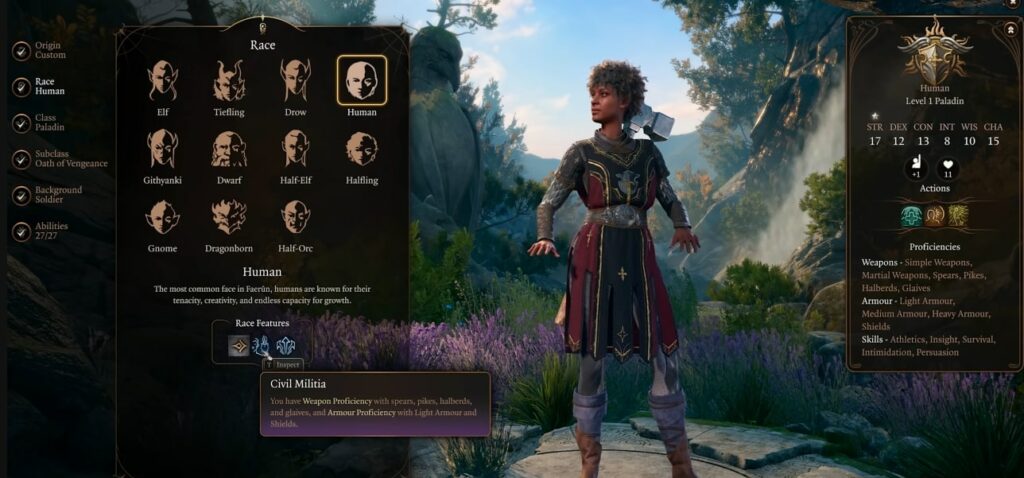
Optimizing the Multiclass
This multiclass excels when you combine features together:
- Empower Eldritch Blast with Bardic Inspiration
- Cast Armor of Agathys, then use Combat Inspiration to boost AC
- Regain warlock spell slots quickly with Song of Rest
- Upcast lower level bard spells with warlock slots
Max out Charisma first, then Constitution. War Caster is extremely valuable for maintaining concentration, as is Resilient Constitution later on.
For invocations, Agonizing Blast, Repelling Blast, and Devil’s Sight (for Darkness shenanigans) are ideal picks. Eldritch Mind also helps maintain concentration.
This multiclass gives you 9 levels spells by Bard 6/Warlock 3. You have ample melee power via the Blade boon, great ranged damage with Eldritch Blast, and a broad spell list with short rest recovery. It’s a highly versatile combo.
The Bard/Rogue Multiclass
Bards and rogues are both highly skilled classes, which creates great synergy when combined together. Let’s break down this multiclass:
Bard Features
As with the previous build, a valor bard start nets you medium armor/shields, Bardic Inspiration, and Combat Inspiration. You’ll also have 4 1st level spells and 2 2nd level spells.
Vicious Mockery, healing spells like Cure Wounds, and debuffs like Blindness/Deafness provide ample options to support your allies in combat.
Rogue Features
3 levels of rogue gives you Expertise, Cunning Action, Sneak Attack, and the Thief subclass.
Expertise makes you incredible at any skills you choose, easily surpassing other classes. Cunning Action offers mobility with Dash, Disengage, and Hide.
Sneak Attack adds 2d6 damage whenever you have advantage or an enemy is near an ally.
As a Thief, Fast Hands allows you to use items and pick locks as a bonus action.
Optimizing the Multiclass
There are several great ways to combine your features:
- Use Fast Hands to hand out multiple Bardic Inspirations per round
- Empower your Sneak Attacks with Bardic Inspiration
- Use Cunning Action to reposition and gain Sneak Attack
- Pick locks and disarm traps out of combat with Fast Hands
Prioritize Charisma first, then Dexterity. Constitution is important too. Skills like Stealth, Sleight of Hand, and Acrobatics become incredibly powerful with Expertise.
When it comes to spells, focus on non-concentration buffs and debuffs so you can still use Sneak Attack each turn. Don’t forget you can also cast spells like Heat Metal to gain consistent advantage.
This multiclass makes you the consummate skill monkey. You can provide plenty of bonus action support via Bardic Inspiration and Cunning Action too. It’s a fun hybrid build.
Final Thoughts on Building a Baldur’s Gate 3 Bard
Bard remains one of the most versatile classes in Baldur’s Gate 3 thanks to its broad spell list and inspiration mechanics. Both single classed and multiclass bards can excel as damage dealers, controllers, supports, or skill monkeys.
Focus first on Charisma to increase spellcasting potency and Bardic Inspiration. Constitution helps maintain concentration and hit points. After that, prioritize Dexterity or Strength depending on your combat style. War Caster is extremely valuable at level 4.
When selecting spells, make sure to balance concentration spells like Heat Metal and Hypnotic Pattern with non-concentration options like Healing Word and Faerie Fire. Always combine Bardic Inspiration with your subclass features.
The builds provided in this guide should provide a strong starting point for effective bards that synergize well with the 5e ruleset. As you experiment and tailor the class to your own style, you’re sure to discover even more powerful options. That creativity is part of what makes Baldur’s Gate 3 so enjoyable.
Hopefully this guide gave you plenty of ideas on how to build an impactful bard. Let us know if you discover any other fun bard multiclass combinations!






